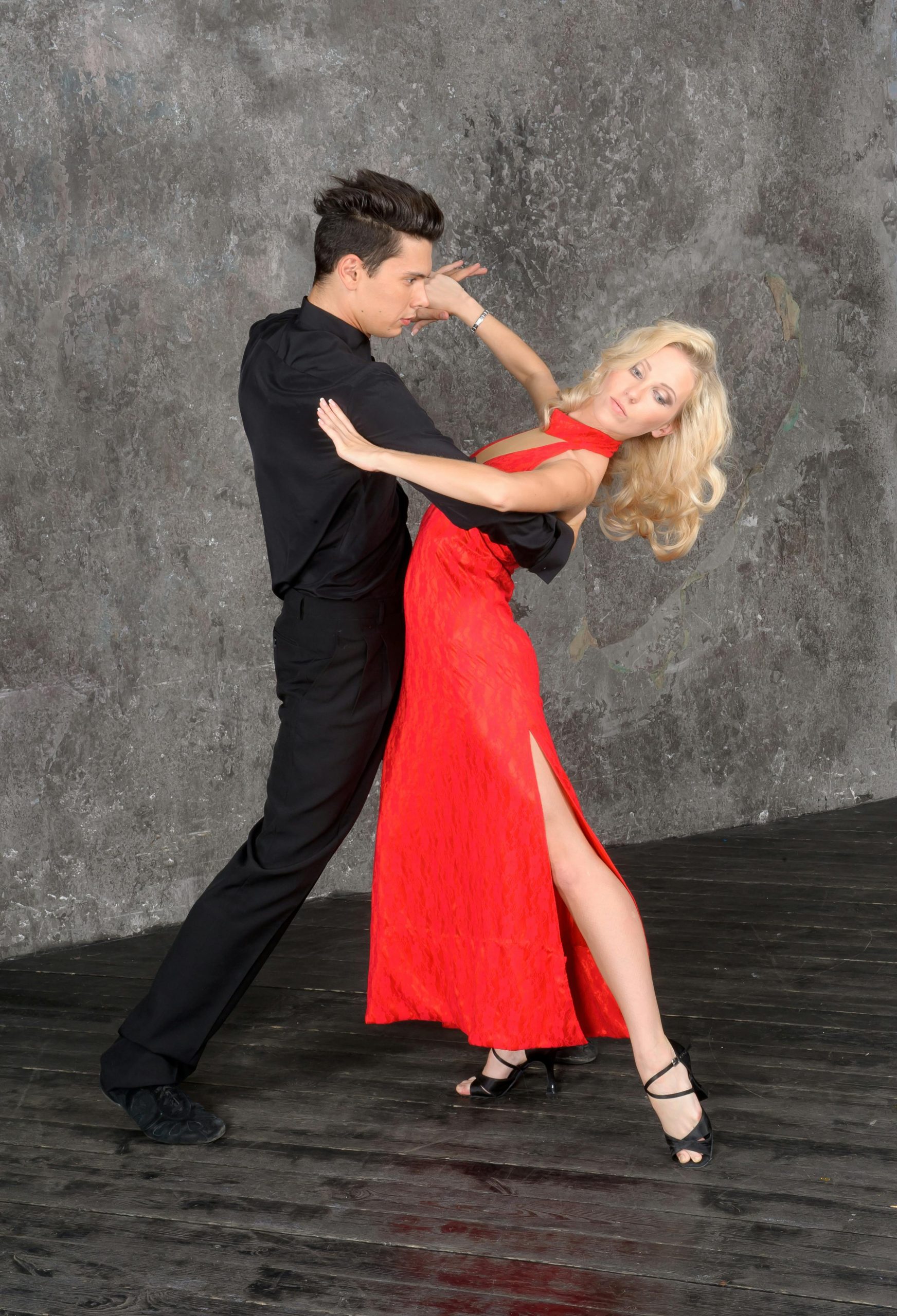Introduction


Athletic wear has transformed dramatically over the years, evolving from simple, functional clothing to high-tech, fashionable apparel. This article traces the journey of athletic wear, highlighting key developments and trends that have shaped its evolution.
Early Beginnings
Initially, athletic wear was purely functional. In the early 20th century, athletes wore basic cotton shirts and shorts. These garments were comfortable but lacked the technology to enhance performance. Sports like tennis and cycling saw early developments, with players donning slightly specialized gear.
Introduction of Synthetic Fabrics
The mid-20th century marked a significant turning point with the introduction of synthetic fabrics. Materials like nylon and polyester offered durability and flexibility. These fabrics revolutionized athletic wear by providing better moisture management and improved fit. The 1960s and 1970s saw these materials become mainstream in sports apparel.
Rise of Branded Sportswear
Moreover, the 1980s and 1990s witnessed the rise of branded sportswear. Companies like Nike, Adidas, and Reebok became household names. These brands introduced innovative designs and technologies, such as Nike’s Air cushioning and Adidas’ ClimaCool fabric. Branded athletic wear became synonymous with performance and style.
Integration of Technology
The 21st century has brought even more technological advancements. Athletic wear now incorporates smart textiles and wearable technology. Fabrics embedded with sensors can monitor heart rate, body temperature, and other vital statistics. These innovations allow athletes to optimize their performance and health.
Sustainability in Sportswear
In recent years, sustainability has become a crucial focus. Brands are now producing athletic wear using recycled materials and eco-friendly processes. Companies like Patagonia and Nike’s Move to Zero initiative emphasize reducing environmental impact. Sustainable athletic wear not only meets performance needs but also aligns with ethical consumer values.
Fashion Meets Function
Athletic wear has also blurred the lines between sports and everyday fashion. The athleisure trend has made it acceptable to wear athletic apparel outside of the gym. Stylish leggings, joggers, and sports bras are now common in casual wear. This trend reflects a broader cultural shift towards a more active and health-conscious lifestyle.
Customization and Personalization
Moreover, customization and personalization are becoming prevalent in athletic wear. Consumers can now design their own shoes, jerseys, and other gear to match their preferences. Brands offer online tools to personalize colors, materials, and even fit, providing a unique and tailored experience.
Conclusion
The evolution of athletic wear showcases the blend of technology, fashion, and functionality. From simple cotton garments to high-tech, sustainable, and stylish apparel, athletic wear has come a long way. As the industry continues to innovate, the future of athletic wear promises even more exciting developments.
Embrace the journey of athletic wear, where every stitch, fabric, and design reflects a commitment to performance, style, and sustainability.

